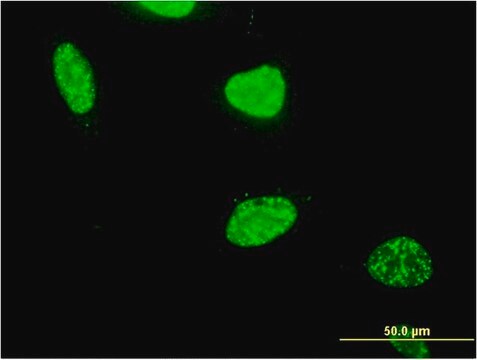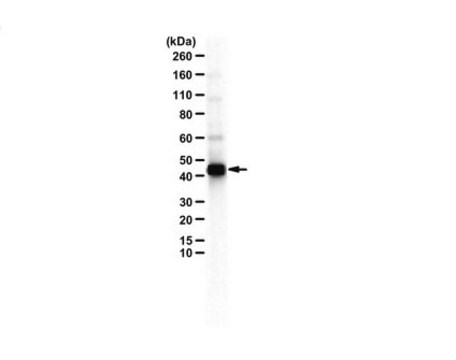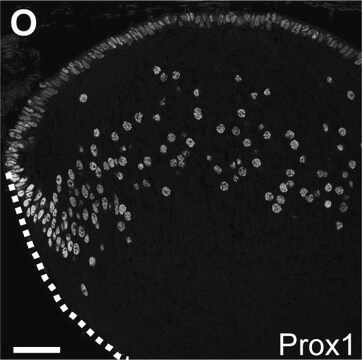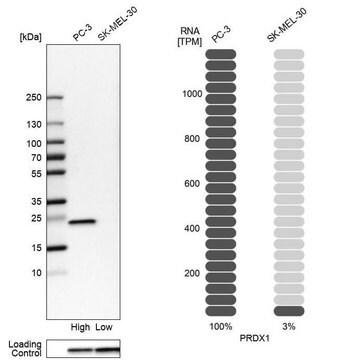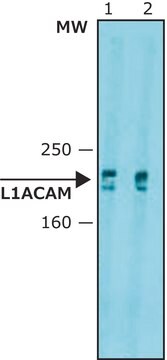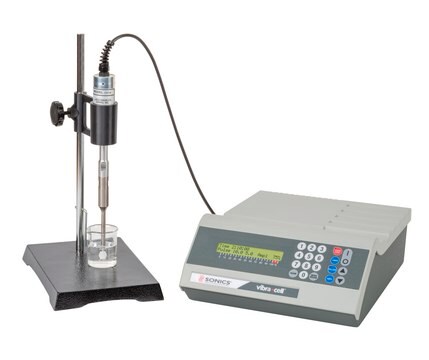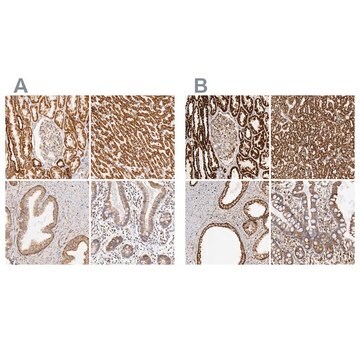ABE1877M
Anti-PAXIP1
from rabbit
Synonyme(s) :
PAX-interacting protein 1, PAX transactivation activation domain-interacting protein, PAXIP
About This Item
Produits recommandés
Source biologique
rabbit
Niveau de qualité
Forme d'anticorps
affinity isolated antibody
Type de produit anticorps
primary antibodies
Clone
polyclonal
Espèces réactives
human, mouse
Conditionnement
antibody small pack of 25 μL
Technique(s)
ChIP: suitable (ChIP-seq)
immunoprecipitation (IP): suitable
western blot: suitable
Isotype
IgG
Numéro d'accès NCBI
Numéro d'accès UniProt
Modification post-traductionnelle de la cible
unmodified
Informations sur le gène
human ... PAXIP1(22976)
mouse ... Paxip1(55982)
Description générale
Spécificité
Immunogène
Application
ChIP-seq Analysis: Analysis: A representative lot detected PAXIP1 in ChIP-seq applications (Callen, E., et. al. (2012). Immunity. 37(6):971-85).
Immunoprecipitation Analysis: A representative lot detected PAXIP1 in Immunoprecipitation applications (Gong, Z., et. al. (2009). J Biol Chem. 284(11):7284-93).
Immunoprecipitation Analysis: 1 µg from a representative lot detected PAXIP1 in nuclear extract of wild type and PTIP KO mouse embryonic fibroblasts (Courtesy of Dr. Ji-Eun Lee and Dr. Kai Ge at NIH).
Western Blotting Analysis: A representative lot detected PAXIP1 in Western Blotting applications (Cho, Y.W., et. al. (2009). Cell Metab. 10(1):27-39; Gong, Z., et. al. (2009). J Biol Chem. 284(11):7284-93).
Epigenetics & Nuclear Function
Qualité
Western Blotting Analysis: A 1:10,000 dilution of this antibody detected recombinant PAX-interacting protein 1.
Description de la cible
Forme physique
Stockage et stabilité
Autres remarques
Clause de non-responsabilité
Vous ne trouvez pas le bon produit ?
Essayez notre Outil de sélection de produits.
Code de la classe de stockage
12 - Non Combustible Liquids
Classe de danger pour l'eau (WGK)
WGK 1
Point d'éclair (°F)
Not applicable
Point d'éclair (°C)
Not applicable
Certificats d'analyse (COA)
Recherchez un Certificats d'analyse (COA) en saisissant le numéro de lot du produit. Les numéros de lot figurent sur l'étiquette du produit après les mots "Lot" ou "Batch".
Déjà en possession de ce produit ?
Retrouvez la documentation relative aux produits que vous avez récemment achetés dans la Bibliothèque de documents.
Notre équipe de scientifiques dispose d'une expérience dans tous les secteurs de la recherche, notamment en sciences de la vie, science des matériaux, synthèse chimique, chromatographie, analyse et dans de nombreux autres domaines..
Contacter notre Service technique